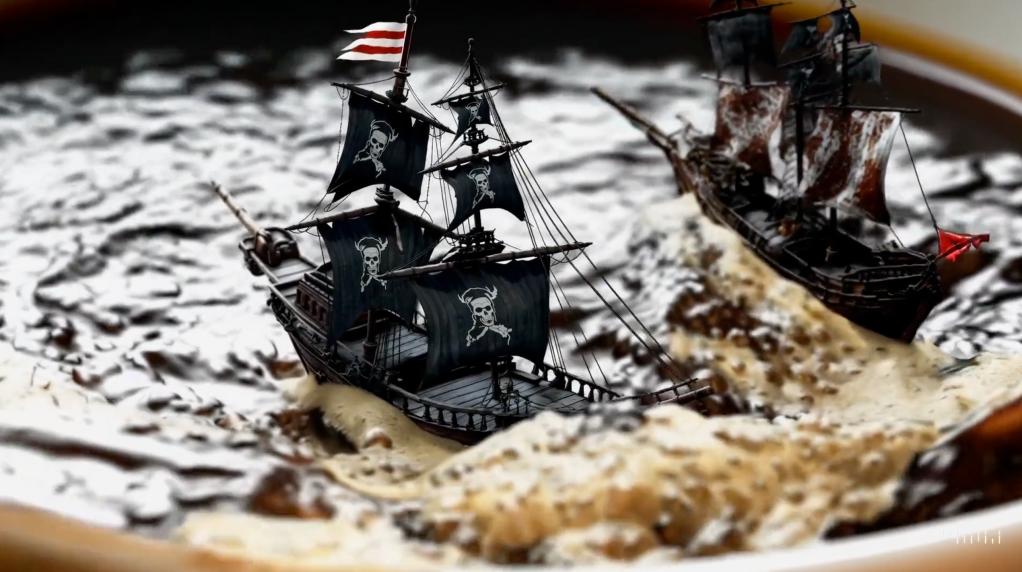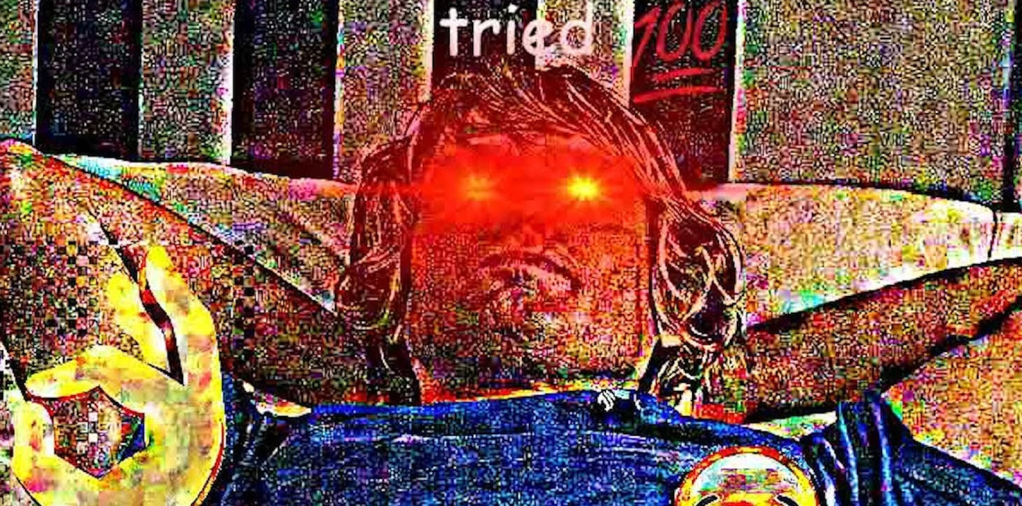
OpenAI recently announced Sora, a new text to video AI tool. It works like ChatGPT and Dall-E, but instead of creating text or still images from prompts, it creates very detailed videos up to one minute long. As with everything AI, some people love it and some people hate it, but everyone seems to agree that it’s pretty impressive.
AI is getting very good at making content of all kinds (text, photos, video). But “content” was always a race to the bottom. Content is the stuff that fills websites. It’s just lubricant for advertising. Something is “content” when it’s neither art nor news. Let AI make content, I want art and stories from the lived experience of people.
Whenever there’s a leap forward in consumer-facing AI capabilities (ChatGPT, the image generators, etc.), there’s always a lot of talk on social media about the imminent disruptive effects it will have. I’m of two minds on this. On the one hand, some creative industries are probably going to change a lot, such as illustration, concept art, stock photography, and others. This is an ongoing process, there are a lot less draftsmen and typesetters today than there were 50 or 100 years ago. On the other hand, nothing OpenAI has released or announced is encroaching on the territory of the artists I really like. In fact, it’s not moving toward replacing them in any way. AI can make images, but it can’t make images from lived experience, and that’s what the best artists do. Artists and the art they make are situated in a certain place and time, artists have an identity that factors into what they produce. Artists aren’t just making stuff, they’re forging new ways of seeing and being in the world, new ways of living. All the advances made in AI aren’t threatening to replace these artists at all, because the most fundamental thing about them is that they’re alive with us. An artist’s subjective experience of the world mirrors my own–whether it’s Jeff Koons, Kara Walker, or Rembrandt–and they make things that make sense because we both are (or were) alive. Machines, even very smart ones, simply aren’t alive.
I saw someone on X, in response to the Sora news, say “it’s over for actors.” Seriously? You’re ready to ditch actors? Actors aren’t just images, they’re artists who are living out the experience of making the work. That’s one of the main things I go to the movies to see. As far as my box office dollar goes, actors are safe!

Back in 2009 Hito Steyerl wrote a great essay called “In Defense of the Poor Image.” She describes recirculated images, ripped from their original context, degraded in quality and put to work for new communicative purposes. Deep fried memes are perhaps the prime example of this, but the phenomenon is much wider than that, and it has implications for how all images were made and read in the age of social media. But now it’s 2024 and Steyerl’s observations are about an older internet. Our relationship to images is dynamic and goes back far further than even written language. Technology regularly shocks and reorients this relationship, and that is likely happening now with AI. AI has the potential to change things, like a gnat biting a cow and forcing it to move, it will spur artists and theorists to renegotiate what images are and what they’re for. This kind of rupture doesn’t happen very often, and while it certainly presents a challenge to illustrators and the like, ultimately I’m pretty excited about it. I’m optimistic because I have an undying faith in artists and their ability to reimagine how images and objects carry meaning. I’m eagerly awaiting the next “In Defense of the Poor Image” but for the present moment, the kind of essay that rewires my brain and makes me think, “Yes! That’s what images are doing now!”
When I first saw the examples OpenAI posted of what Sora can do, I started to wonder not about what it could make, but about what people will make that is not this new type of image. When the cost of producing content as meaningless website filler approaches zero, how will artists respond? How will they incorporate or avoid or directly challenge this glut of images? I’m looking forward to finding out.